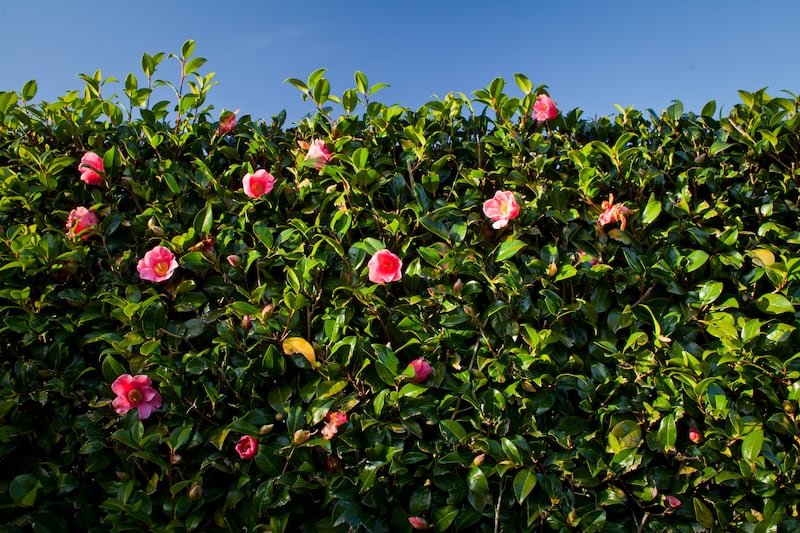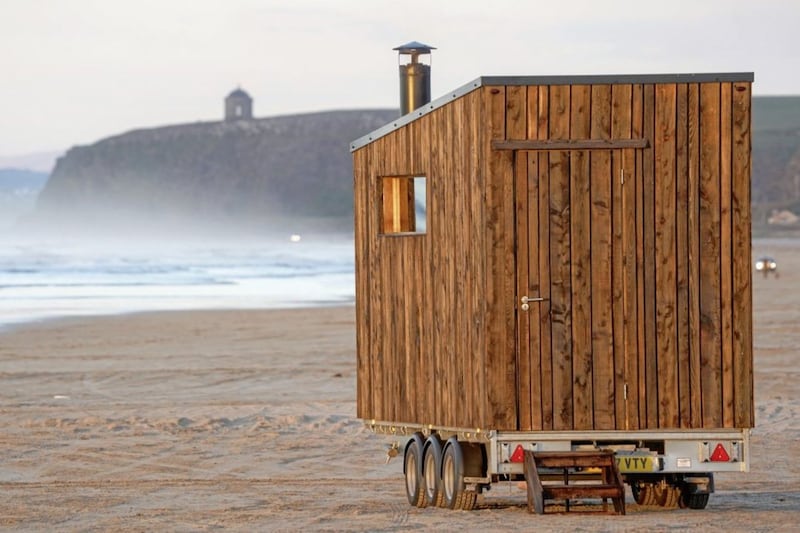As a rule, we gardeners should love all plants. The sight of bright flowers in the midst of dank February ought to lift our spirits automatically, and potentially find us seeking to replicate the eye-catching display in our own garden.
However, there is one plant in bloom at this time of year that doesn’t get my pulse racing and actually prompts me to wonder how they became so popular.
The camellia is not my cup of tea, if you’ll excuse the pun – the meaning of which will become apparent as you read on.
On paper, camellias sound fine. Large (up to 12 inches in diameter), conspicuous rose-like flowers that range in colour from pristine white to deep purple. They also tend to flower at times when bright blooms are rare. Many species of camellia flower from February to May, while there are also hardy autumn flowering varieties too.

Yet when describing these shrubs and small trees, the temptation to use pejorative words like shapeless, blousey and garish proves irresistible. The camellia is anything but ‘architectural’ and could never be characterised as classy or glamorous. It’s a plant that isn’t so much divine design as a mis-shaped mutant.
I imagine you’re convinced of my distaste by now but would prefer to read a more positive assessment of the camellia’s merits. Well, there is one redeeming feature: Camellia sinensis is the common tea plant, native to the Far East, the leaves of which give us our daily brew, whether it’s Tetley, Nambarrie or Punjana.
Beyond the properties of its infused leaves, however, there isn’t a lot to say. They are evergreen, long-flowering with long, dark green, glossy leaves. There are about 80 species of camellias, all originally hailing from south-eastern Asia.
Like the quite similar but unrelated rhododendron, camellias prefer slightly acidic soil with plenty of humus. They also like to be kept cool and therefore, somewhat counter-intuitively, won’t thank you for an exposed south-facing aspect. They are best positioned in a slightly shaded spot, where they won’t get early morning sun, which can damage young buds if they warm too quickly after a frosty night.
However, with mature plants, such damage is rarely fatal and can be managed once the risk of frost has passed by pruning back to healthy wood above a bud using secateurs.
An established camellia will grow around 15-20 inches each year so to prevent the becoming too shapeless and unruly, prune carefully after flowering. They are also good for growing in containers, which enables you to move them on and off stage as the season requires.
Popular varieties include the fragrant, double-flowered pink ‘Ashton’s Ballethas’, which blooms from October to December, while the bright pink ‘Sugar’ blooms from November to January.
Spring flowering varieties include the medium-sized ‘Cornish Spring’ (cuspidata x japonica), which carries the RHS Award of Garden Merit and bears cupped, comparatively small rosy-pink flowers, and ‘Jury’s Yellow’, a compact variety that has medium-sized, white flowers with bright yellow petaloids at their centre.
In terms of maintenance, use rainwater rather than tap water for these ericaceous plants and protect from cold winds and frost. If low temperatures are forecast for a prolonged period, cover your camellia with horticultural fleece, readily available from any garden centre.








